✪✪✪✪✪ http://www.theaudiopedia.com ✪✪✪✪✪ What is HYPERVITAMINOSIS? What does HYPERVITAMINOSIS mean? HYPERVITAMINOSIS meaning – HYPERVITAMINOSIS pronunciation – HYPERVITAMINOSIS definition – HYPERVITAMINOSIS explanation – How to pronounce HYPERVITAMINOSIS? Source: Wikipedia.org article, adapted under https://creativecommons.org/licenses/by-sa/3.0/ license. Hypervitaminosis refers to a condition of abnormally high storage levels of vitamins, which can lead to toxic symptoms. The medical names of the different conditions are derived from the vitamin involved: an excess of vitamin A, for example, is called hypervitaminosis A. Hypervitaminosis primarily affects the fat soluble vitamins, as these are stored by the body for longer period than the water-soluble vitamins. However, avoiding excesses of both classes of vitamins can make the condition hard to get. Generally, toxic levels of vitamins stem from high supplement intake and not from natural food. Toxicities of fat-soluble vitamins can also be caused by a large intake of highly fortified foods, but natural food rarely deliver dangerous levels of fat-soluble vitamins. Liver is a natural food which can cause toxic levels of vitamin A; vegetable sources of vitamin A will not cause toxic levels of vitamin A. The Dietary Reference Intake recommendations from the United States Department of Agriculture define a “tolerable upper intake level” for most vitamins. High dosage vitamin A; high dosage, slow release vitamin B3; and very high dosage vitamin B6 alone (i.e. without vitamin B complex) are sometimes associated with vitamin side effects that usually rapidly cease with supplement reduction or cessation. In the United States, overdose exposure to all formulations of “vitamins” was reported by 62,562 individuals in 2004 (nearly 80% of these exposures were in children under the age of 6), leading to 53 “major” life-threatening outcomes and 3 deaths (2 from vitamins D and E; 1 from polyvitaminic type formula, with iron and no fluoride). This may be compared to the 19,250 people who died of unintentional poisoning of all kinds in the U.S. in the same year (2004). In 2010, 71,000 exposures to various vitamins and multivitamin-mineral formulations were reported to poison control centers, which resulted in 15 major reactions but no deaths. Before 1998, several deaths per year were associated with pharmaceutical iron-containing supplements, especially brightly colored, sugar-coated, high-potency iron supplements, and most deaths were children. Unit packaging restrictions on supplements with more than 30 mg of iron have since reduced deaths to 0 or 1 per year. These statistics compare with 59 confirmed deaths due to aspirin poisoning in 2003 and 147 deaths known to be associated with acetaminophen-containing products in 2003.
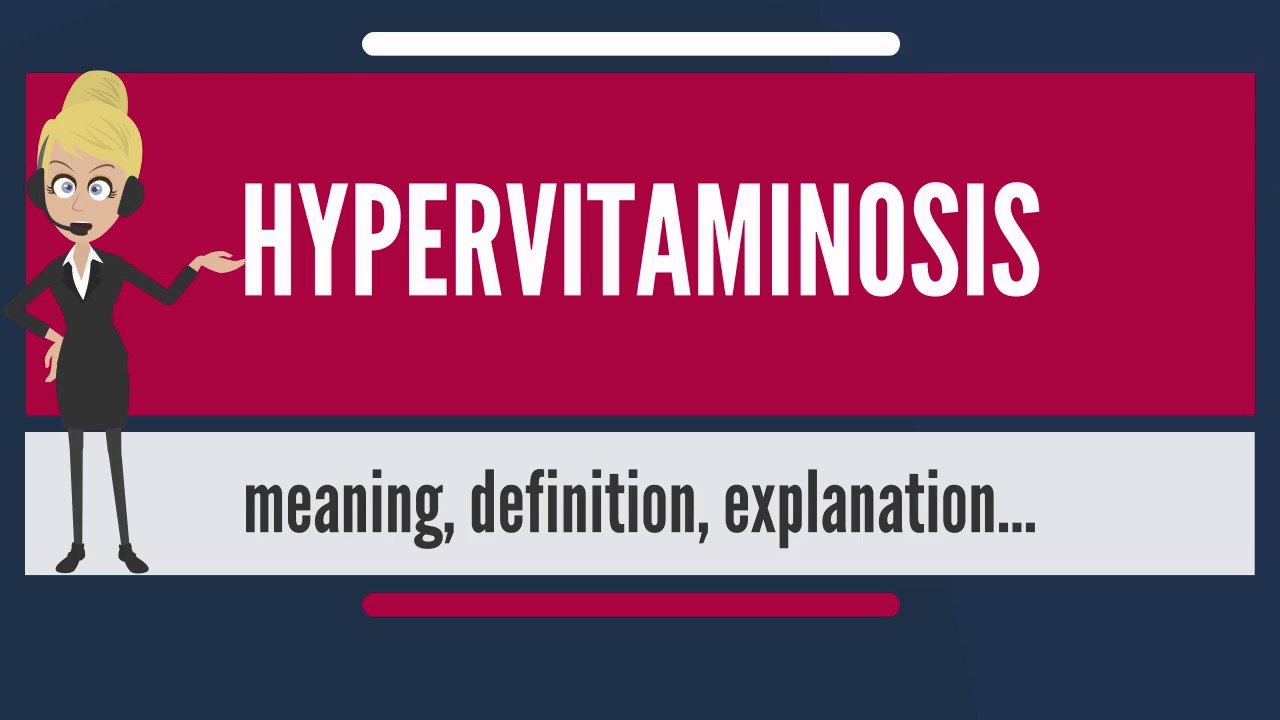
Hypervitaminosis Video – 1
- Post author:admin
- Post published:May 10, 2021
- Post category:Uncategorized
- Post comments:0 Comments
You Might Also Like

Healthy Eating & Nutrition Tips : How Cholesterol & Heart Disease Are Linked

Arm & Elbow Muscle Group – Kinesiology Quiz
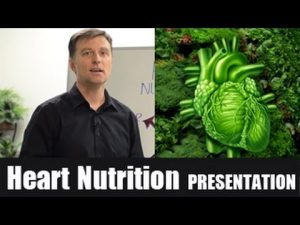
Heart Nutrition Presentation Registration Video

Diet & Exercise For Pregnant Women I 3

What is Infertility
Jaundice
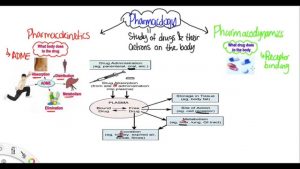
Basics of Pharmacology

Warning! You Should Never Take a B Complex Until You See This Video – VitaLife Show Episode 254
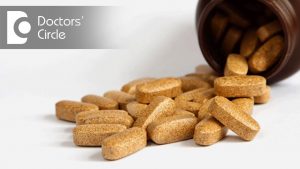
Can multivitamins cause any side effects? – Ms. Sushma Jaiswal

Branches of Physiotherapy Video – 4

BCAA Benefits Burn Fat, Lose Weight, Lower Sugar!

All About Body Composition

Back Exercises – How to Perform Dumbbell Back Rows & Pullovers

Sports Psychiatry Video – 3
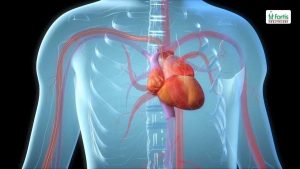
Angioplasty Procedure Animation Video.

What Does Your Liver Do?

Plyometrics – Circuit Training Ideas

5 Worst Cardio Mistakes for Fat Loss (AVOID THESE TRAPS!!)

reverse back extension on ball

Female Body Types And Body Shapes Different Body Types Women Have

Incentive Spirometer: Promotes relaxation and cleans the lungs

Biceps concentration curls
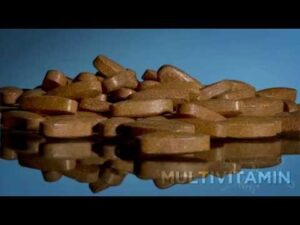
Multivitamins & Vitamins Guide – Bodybuilding.com

Why do you feel cold when you have fever?

Pharmacodynamics Meaning
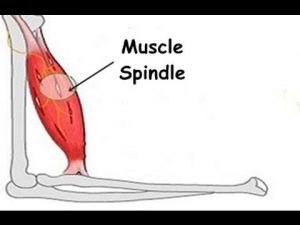
What is the Stretch Reflex or Myotatic Reflex?
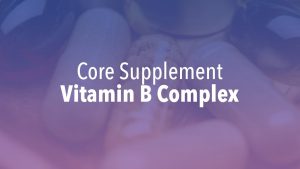
Core Supplement: Vitamin B Complex – Wellness Tip Ep. 4

BCAA Supplements – What Are BCAA’s And How Do They Work? | GuruMann Review

How to test the pH of your Urine?
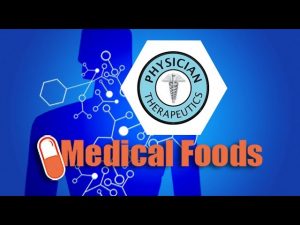
Physician Therapeutics Medical Foods
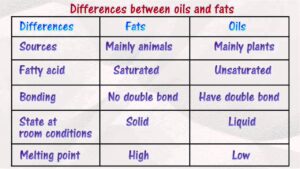
Comparison between oils and fats

Human Body, Body Building Muscle Building Anatomy Physiology Video – 26

Leg Curl-4

How To Meal Prep – Ep. 1 – CHICKEN (7 Meals/$3.50 Each)

EASY PRE-WORKOUT SNACK EXAMPLE

How to select Vitamin E capsule for skin| vitamin E tablet selection for DIY recipe | Agatha World
Shrugs-3

What Is a Set? | Gym Workout

Cardiology Video – 2

What is Maximum strength and muscular endurance
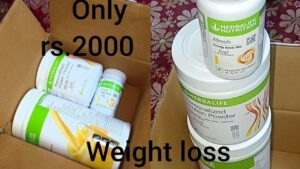
Herbal Nutrition Video – 1

